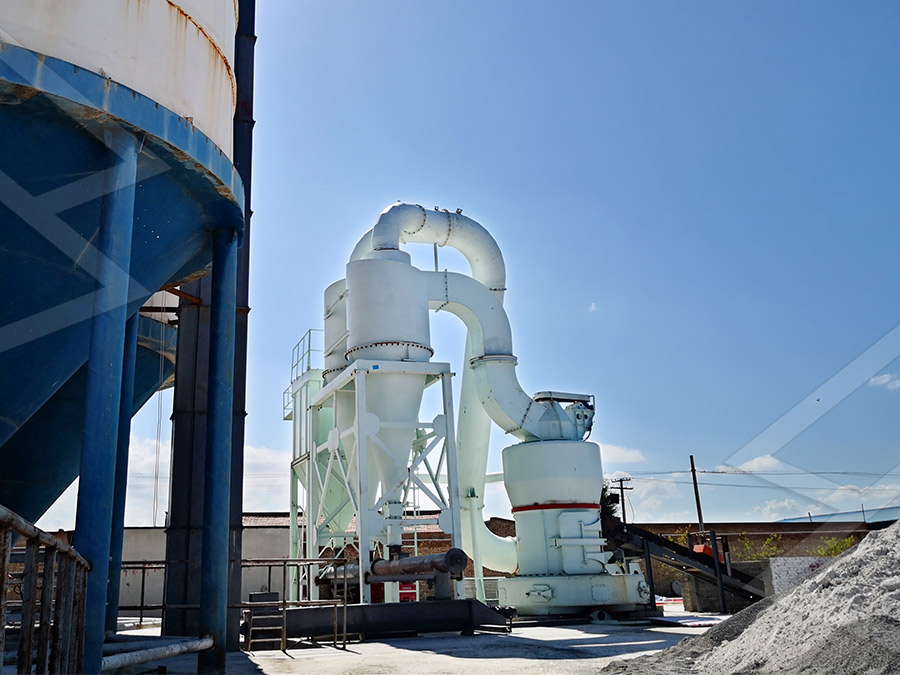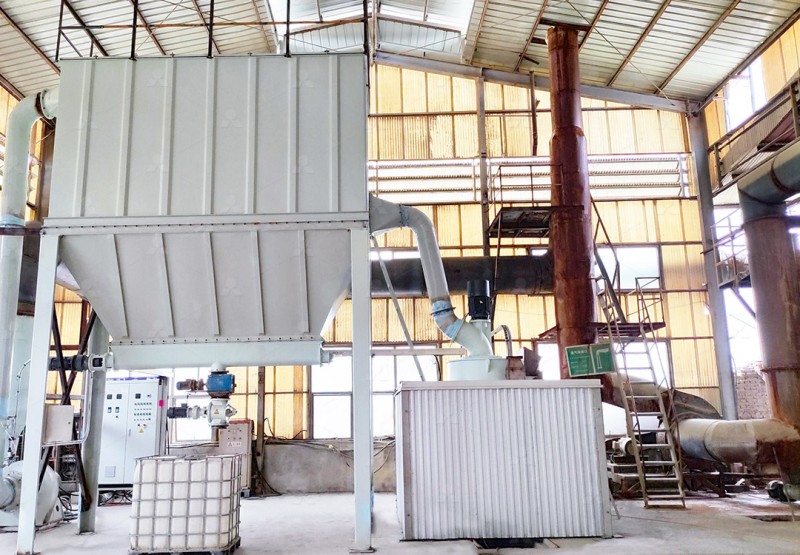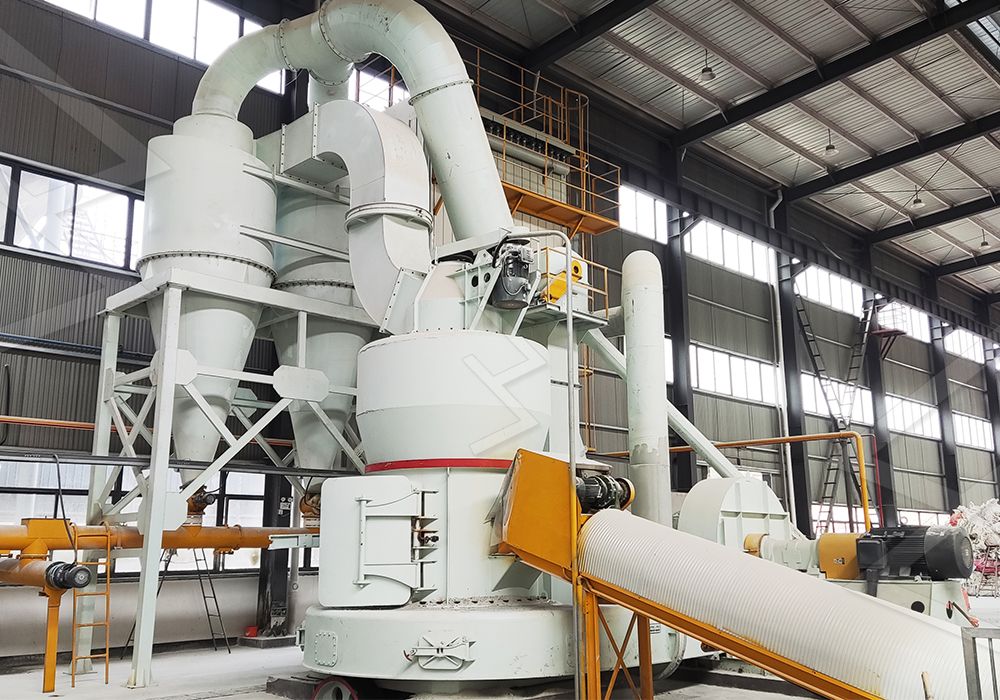Long Stone Sandstone Fine Powder Grinding Mill: Achieving Optimal Particle Size Distribution
Introduction to Long Stone Sandstone Fine Powder Processing
The transformation of long stone sandstone into fine powder represents one of the most demanding applications in mineral processing. This durable sedimentary rock, characterized by its interlocking quartz grains and natural cementing materials, requires specialized grinding technology to achieve the precise particle size distribution demanded by modern industrial applications. From construction materials to specialized fillers, the quality of sandstone powder directly impacts product performance across multiple sectors.

The Technical Challenges of Sandstone Grinding
Long stone sandstone presents unique grinding challenges due to its variable hardness, abrasive quartz content, and natural cementing properties. Traditional grinding mills often struggle with inconsistent particle size distribution, excessive wear on grinding components, and unpredictable energy consumption patterns. The ideal grinding solution must overcome these obstacles while maintaining consistent output quality and operational efficiency.
Conventional ball mills, while capable of processing sandstone, frequently result in broad particle size distributions and higher energy consumption per ton of output. The limitations become particularly apparent when targeting fine powder specifications below 325 mesh, where grinding efficiency typically decreases significantly.
Advanced Grinding Solutions for Superior Results
Modern grinding technology has evolved to address the specific demands of hard, abrasive materials like long stone sandstone. The key lies in combining efficient grinding mechanisms with precise particle classification systems. For operations requiring ultra-fine sandstone powder between 325-2500 meshes, specialized equipment becomes essential.
Recommended Solution: MW Ultrafine Grinding Mill
For operations focused on producing high-quality sandstone fine powder, the MW Ultrafine Grinding Mill represents an optimal solution. This advanced grinding system handles input sizes up to 20 mm with production capacities ranging from 0.5 to 25 tph, making it suitable for both medium and large-scale operations.
The MW series incorporates several technological innovations specifically beneficial for sandstone processing. Its newly designed grinding curves for rollers and rings enhance grinding efficiency by 40% compared to jet mills and stirred mills. The absence of rolling bearings and screws within the grinding chamber eliminates common failure points when processing abrasive materials, significantly improving operational reliability.

Alternative Solution: LUM Ultrafine Vertical Grinding Mill
For operations with stricter space constraints or different production requirements, the LUM Ultrafine Vertical Grinding Mill offers another excellent option. With an input size capacity of 0-10 mm and throughput of 5-18 tph, this vertical configuration integrates grinding, classification, and transportation in a compact footprint. The LUM mill’s unique roller shell and lining plate grinding curve generates material layers more effectively, achieving high finished product rates through single-pass milling.
Operational Advantages for Sandstone Applications
The processing of long stone sandstone benefits significantly from modern grinding technology’s operational improvements. Beyond basic grinding efficiency, considerations like environmental compliance, maintenance requirements, and product consistency become critical factors in equipment selection.
The integrated pulse dust collection systems in advanced grinding mills ensure that sandstone processing meets stringent environmental standards without compromising production efficiency. Similarly, the external lubrication systems and accessible maintenance points reduce downtime significantly compared to traditional grinding systems.

Frequently Asked Questions
What is the optimal feed size for sandstone fine powder production?
The MW Ultrafine Grinding Mill processes material up to 20 mm, while the LUM Vertical Mill handles up to 10 mm. Proper pre-crushing to within these specifications ensures optimal grinding efficiency and consistent product quality.
How does sandstone hardness affect grinding mill selection?
Sandstone’s variable hardness and abrasive quartz content make wear resistance a critical consideration. The MW series’ design without internal bearings and screws minimizes vulnerability to abrasive wear, extending component life significantly.
What fineness range can be achieved with modern grinding mills?
Advanced systems like the MW Ultrafine Grinding Mill achieve fineness between 325-2500 meshes, with screening rates reaching d97≤5μm in a single pass. The cage-type powder selector technology enables precise control over particle size distribution.
How important is energy efficiency in sandstone grinding operations?
Extremely important. The MW series consumes only 30% of the energy required by jet grinding mills for equivalent output, while the LUM Vertical Mill reduces energy consumption by 30%-50% compared to conventional grinding systems.
What maintenance considerations are specific to sandstone grinding?
The abrasive nature of sandstone necessitates designs that minimize internal components subject to wear. Both recommended mills feature external lubrication systems and accessible maintenance points to reduce downtime and simplify component replacement.
